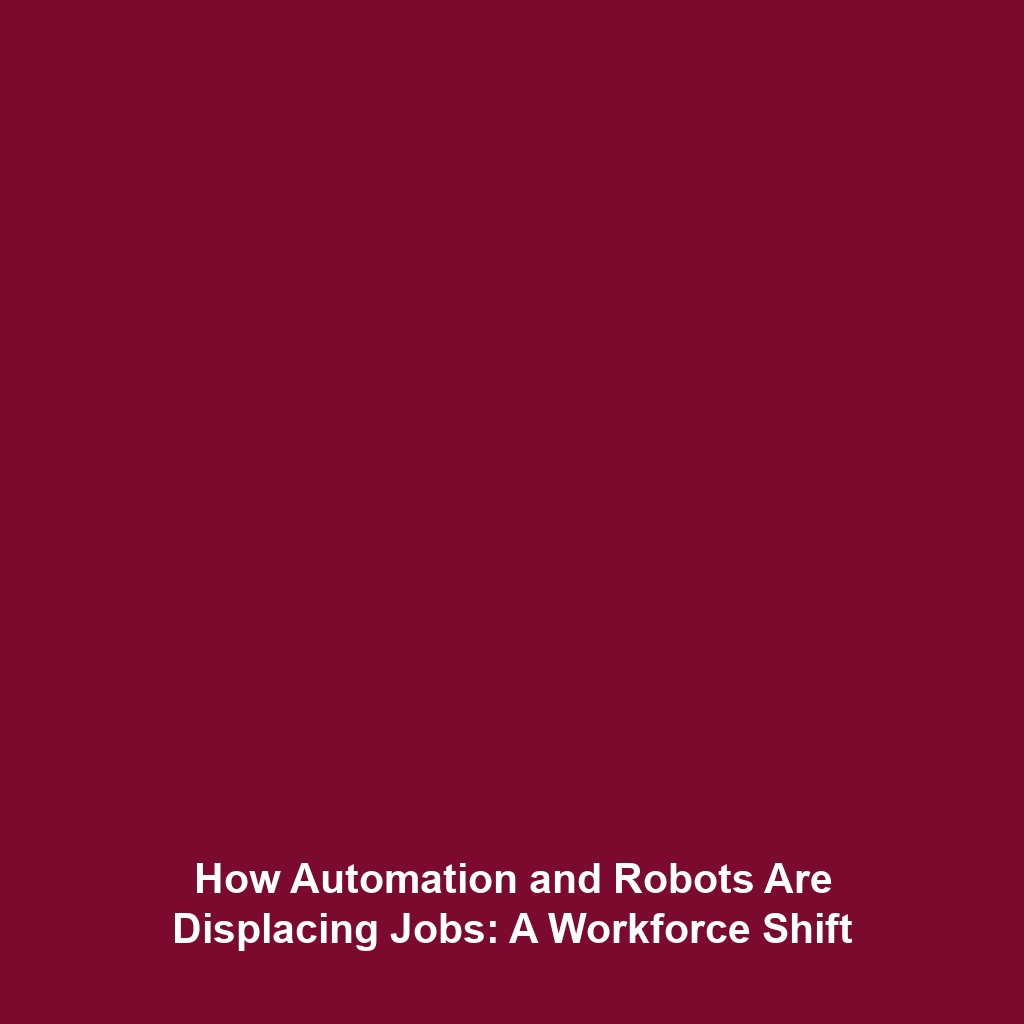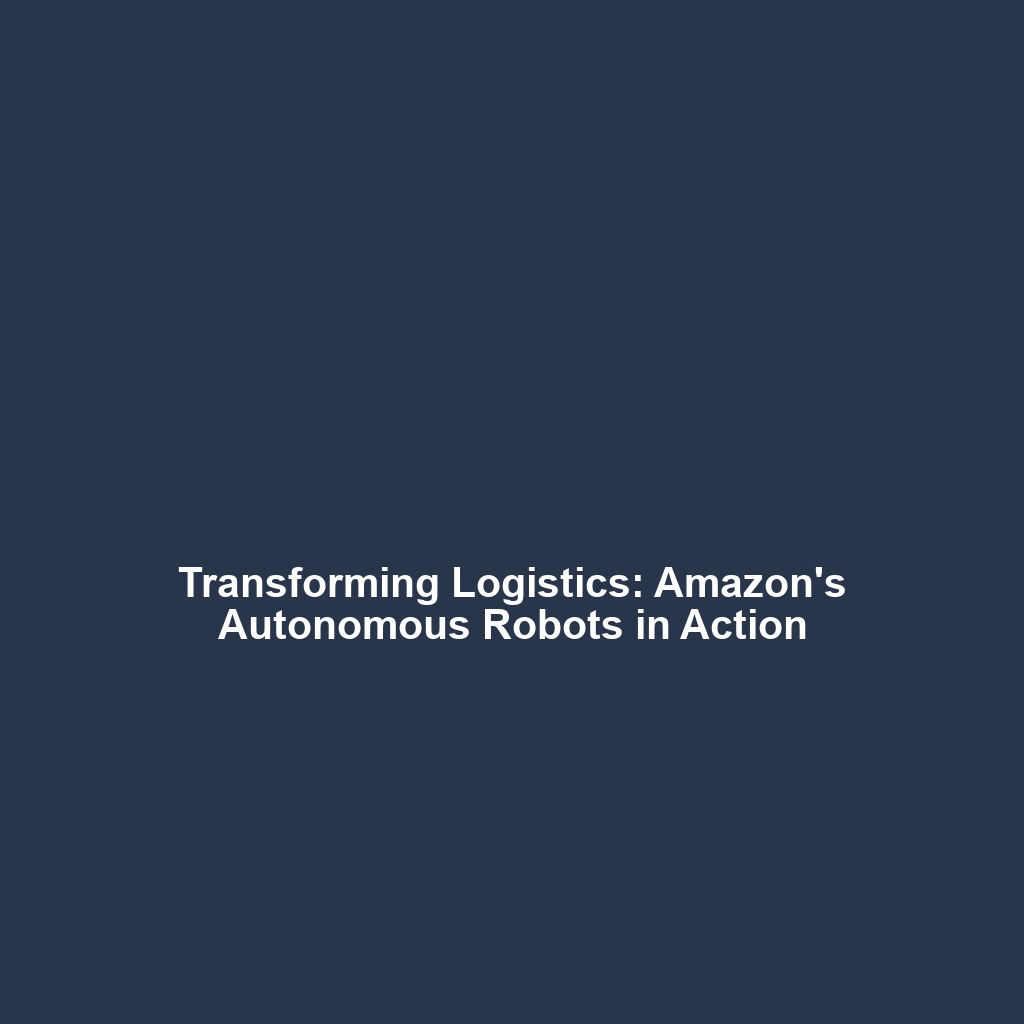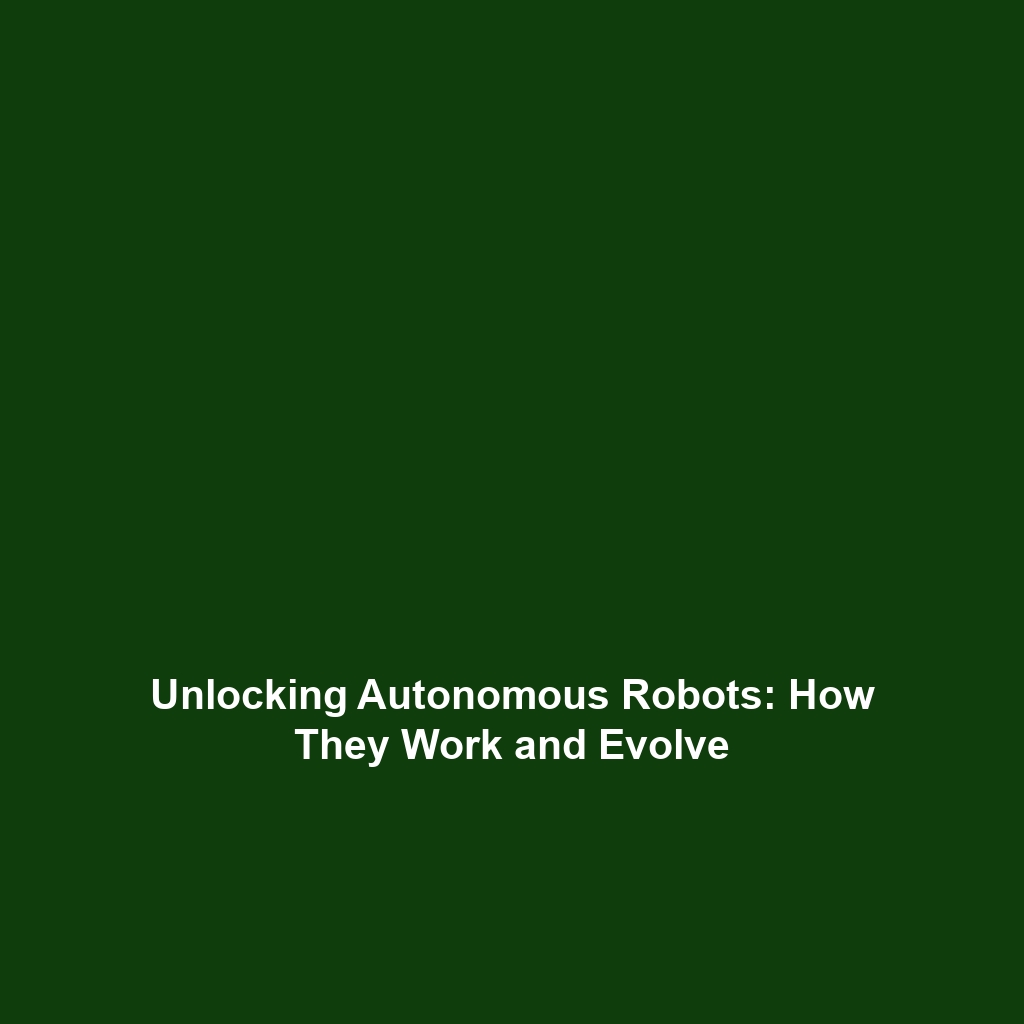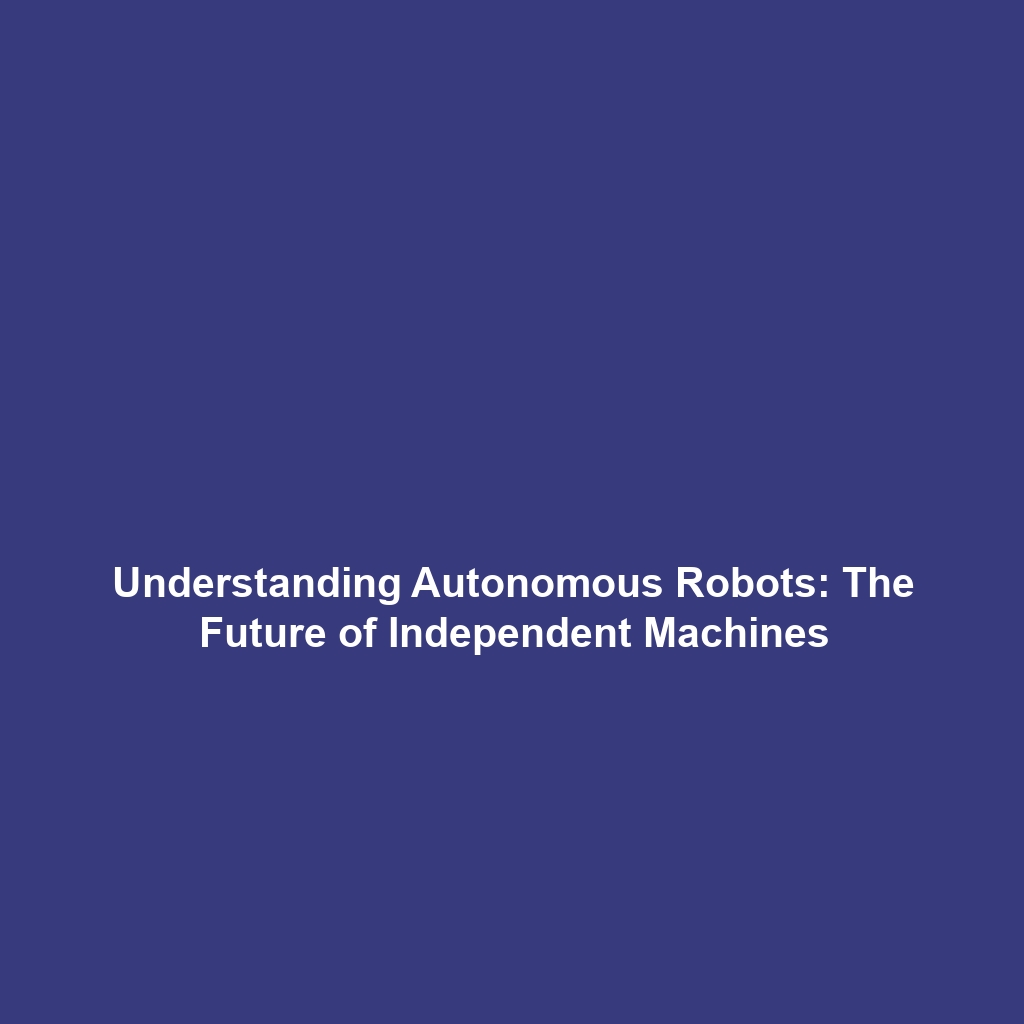Current Limitations in HRI and How Humanoid Robots are Being Designed to Overcome Them
Introduction
Human-Robot Interaction (HRI) has become a focal point in the design and functionality of humanoid robots. Despite significant advances, various current limitations in HRI hinder effective communication and collaboration between humans and robots. These limitations include perceptual capabilities, emotional intelligence, and adaptability in complex environments. Understanding these challenges is crucial as researchers innovate designs that enhance humanoid robots’ engagement and interaction with humans, setting the stage for safe and meaningful human-robot collaborations in various fields.
Key Concepts
Understanding HRI Limitations
The main restrictions in HRI revolve around:
- Perceptual Limitations: Robots often struggle to accurately interpret human emotions or social cues.
- Communication Barriers: Many humanoid robots lack the nuanced verbal and non-verbal communication skills characteristic of humans.
- Adaptability: Current humanoid robots may fail to adapt to varying human behaviors in different environments.
To address these issues, researchers are focusing on enhancing sensory abilities, developing sophisticated algorithms for emotional recognition, and improving the adaptability of humanoid robots.
Applications and Real-World Uses
The applications of addressing current limitations in HRI within the context of humanoid robots are vast and impactful:
- Healthcare: Humanoid robots equipped to understand patient emotions can provide better care and companionship.
- Customer Service: Robots designed with enhanced communication skills can serve as effective assistants in retail and hospitality.
- Education: Humanoid robots can interact with children, helping them learn through engaging, responsive interactions.
These applications highlight how effective design can transform humanoid robots into practical tools that improve human experience across sectors.
Current Challenges
Despite the progress made, several challenges of HRI and humanoid robot design remain, including:
- Technological Hurdles: Developing advanced sensors and AI systems that can truly replicate human-like interactions.
- Ethical Concerns: The implications of having humanoid robots with advanced emotional understanding raise ethical questions.
- Integration Issues: Difficulties in integrating humanoid robots into existing systems and societal norms.
Addressing these issues is critical for the successful deployment of humanoid robots in everyday life.
Future Research and Innovations
The field of HRI is poised for breakthroughs that promise to redefine humanoid robots’ functionalities. Upcoming innovations include:
- AI-Driven Emotional Intelligence: Enhancements in machine learning that allow robots to process and respond to human emotions in real-time.
- Neuromorphic Computing: Technology that mimics human brain processes to allow robots to learn and adapt more effectively.
- Advanced Multimodal Interfaces: Development of interfaces that integrate speech, gestures, and facial recognition for more natural interactions.
These innovations will significantly impact the capabilities of humanoid robots, bridging the gap in current limitations.
Conclusion
In summary, addressing the current limitations in HRI is vital for the evolution of humanoid robots. By focusing on enhancing sensory perceptions, improving emotional intelligence, and overcoming integration challenges, designers can create robots that interact in ways previously thought impossible. For those interested in the future of humanoid robotics, continued exploration of these advancements holds great promise. To stay updated on the latest research and discussions around this exciting topic, visit our related articles or subscribe for more insights.





